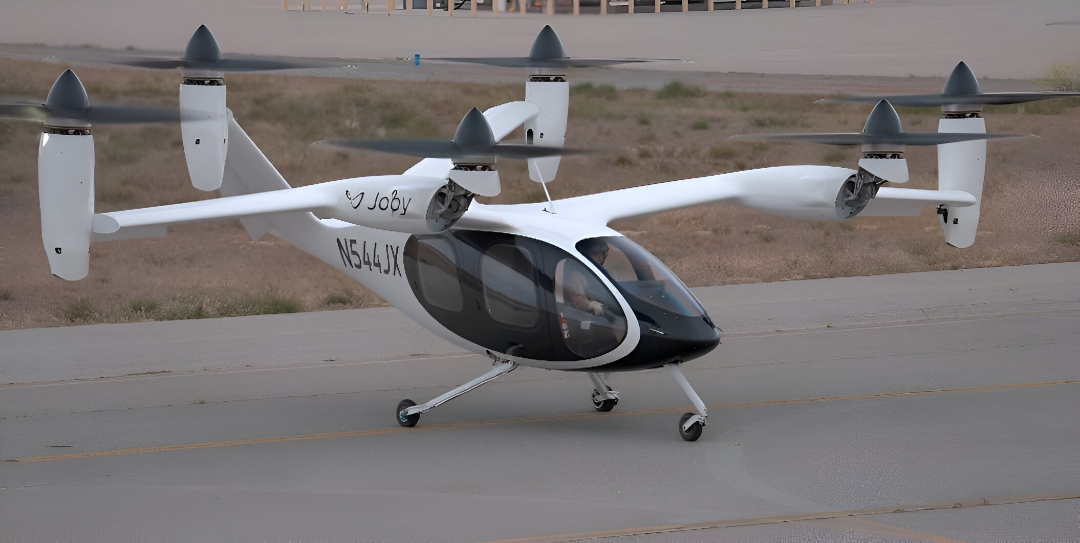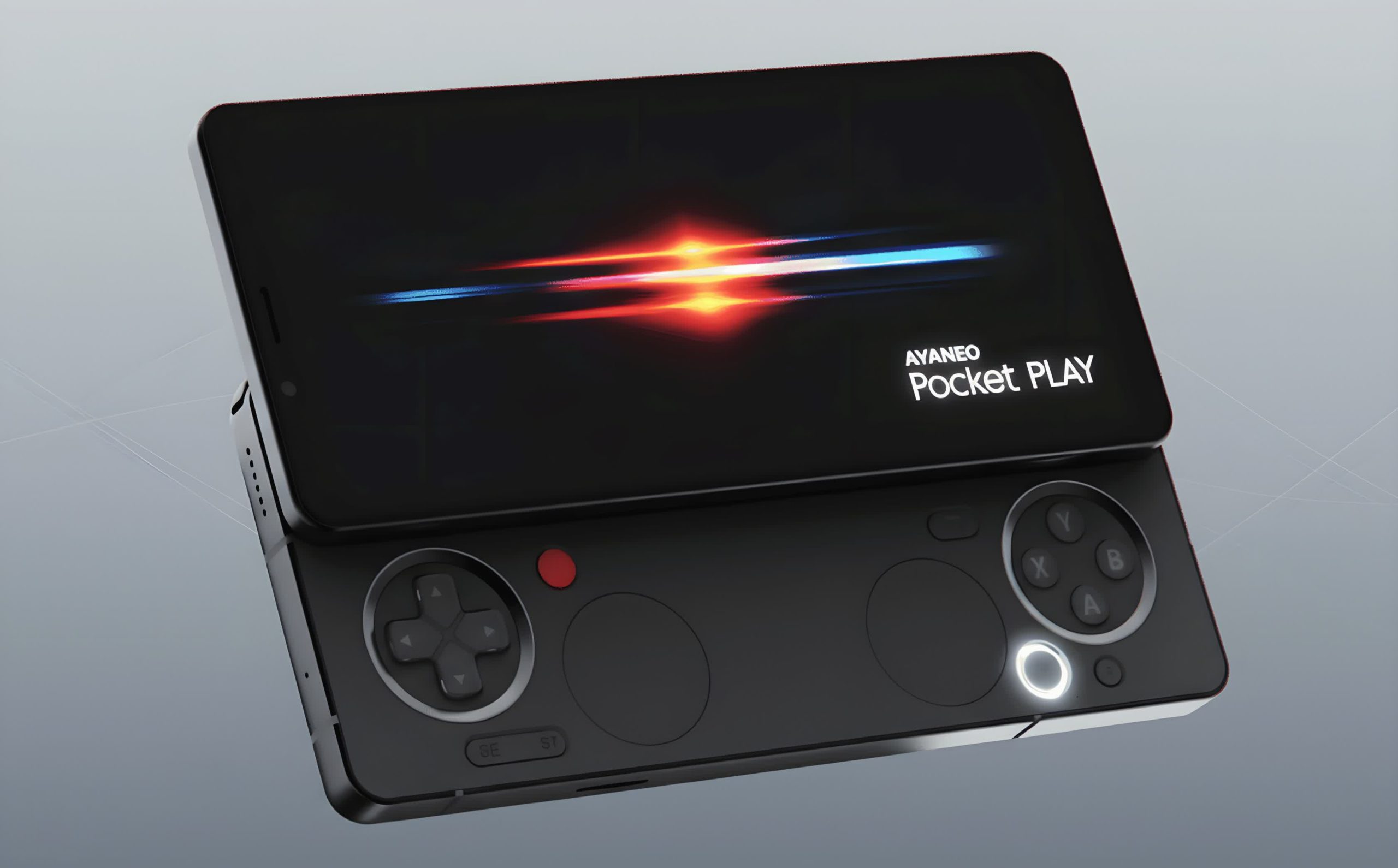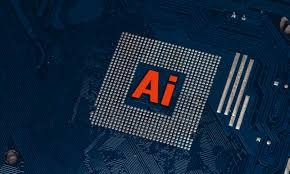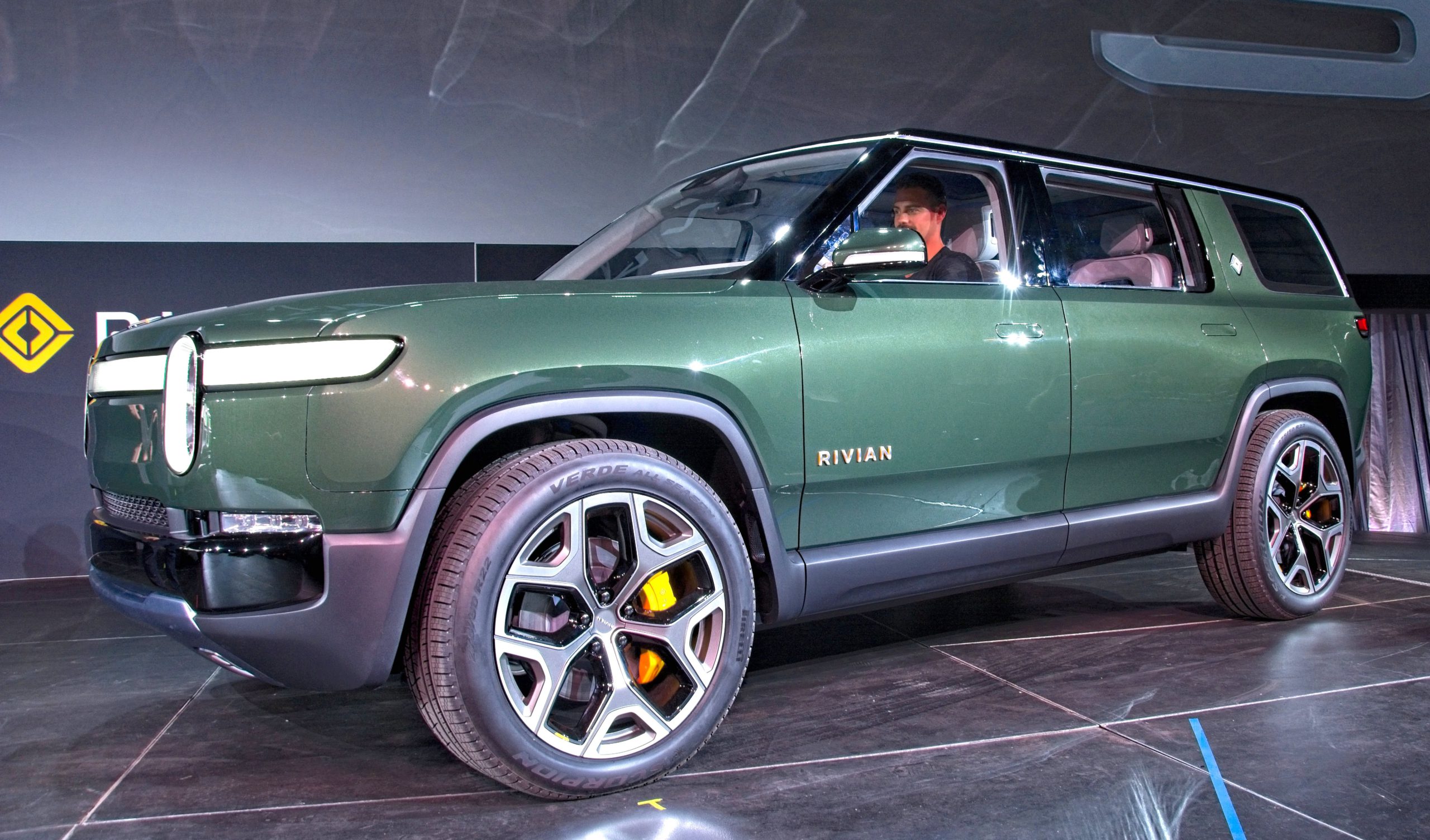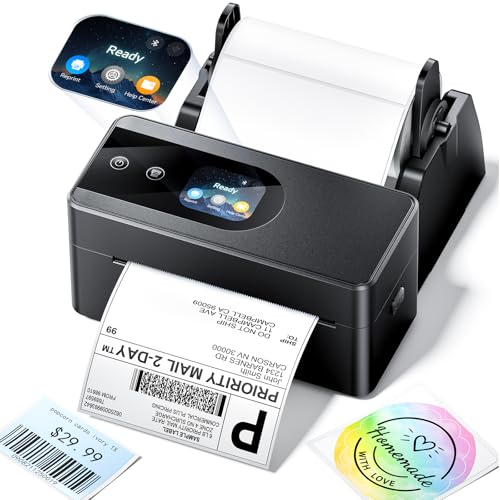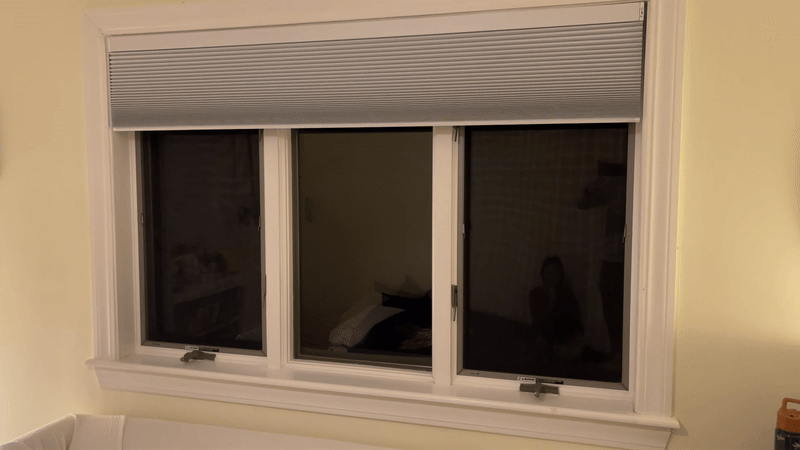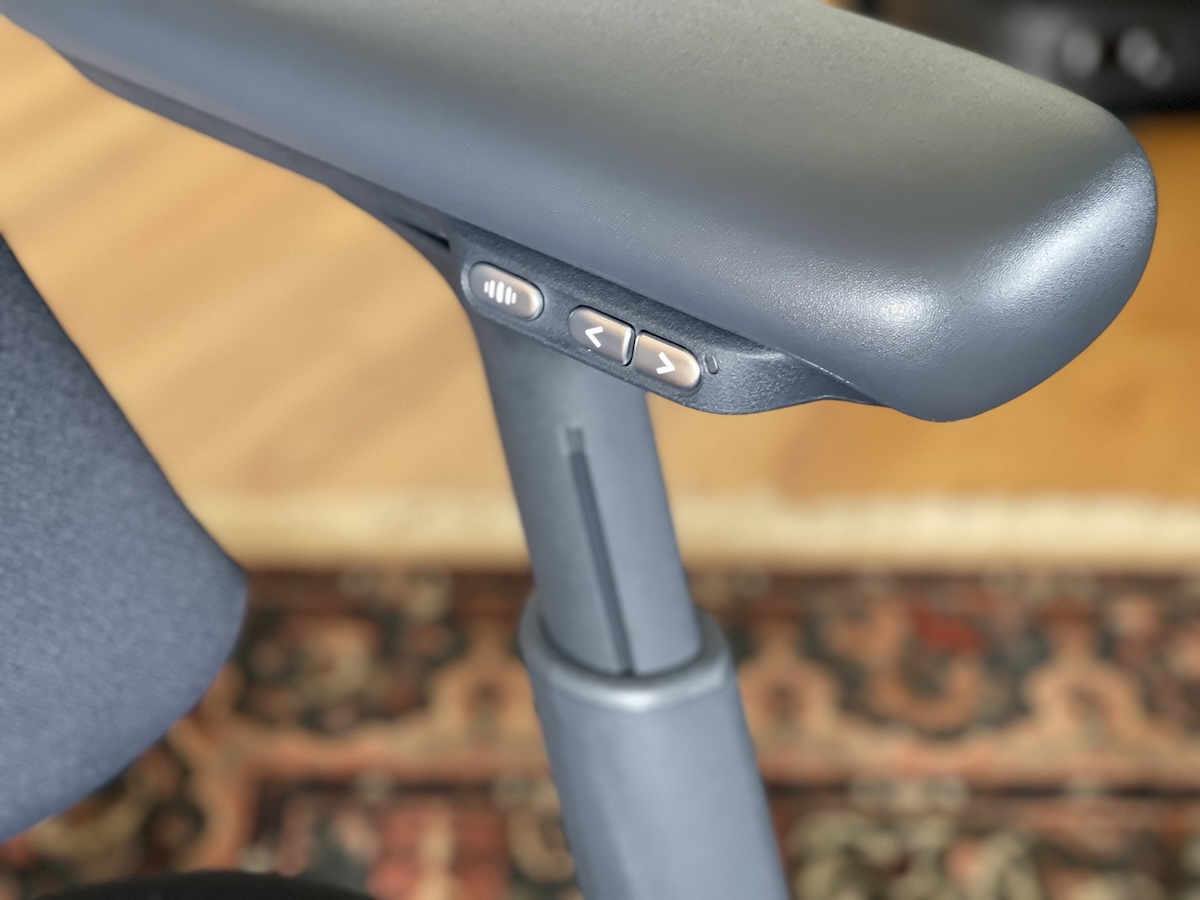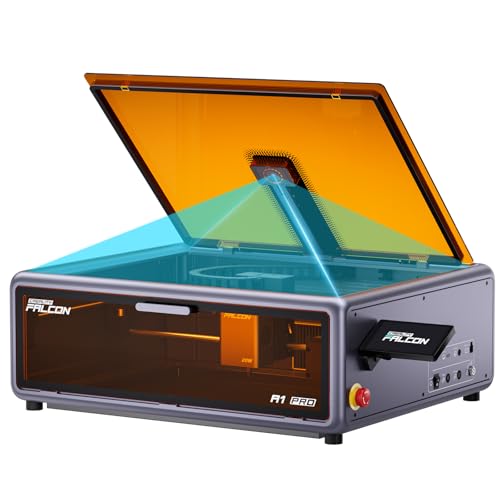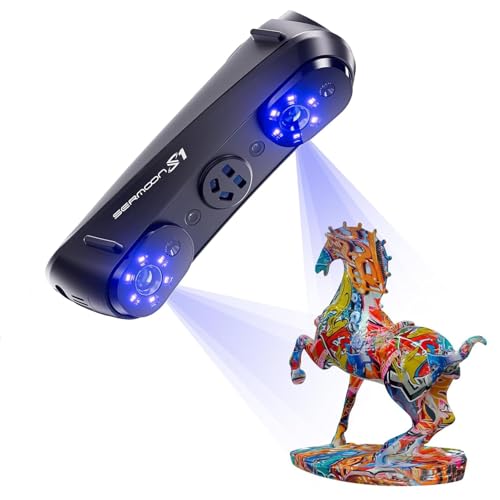The aviation industry witnessed a historic breakthrough on April 22, 2025, when Joby Aviation accomplished what no other company had done before. Their S4 prototype became the first all-electric tilt-rotor eVTOL (electric Vertical Take-Off and Landing) aircraft to complete a transition flight with a human pilot aboard. This milestone marks a significant step forward in the evolving air taxi industry, where many companies have struggled to move from concept to certification. Despite hundreds of millions in investments across the sector, Joby’s achievement stands out as a concrete advancement toward commercial operations. The California-based aerospace company now appears positioned to lead the race for FAA certification and begin passenger services. Let’s explore the five key aspects that make this development so groundbreaking for urban air mobility.
A Historic First Flight
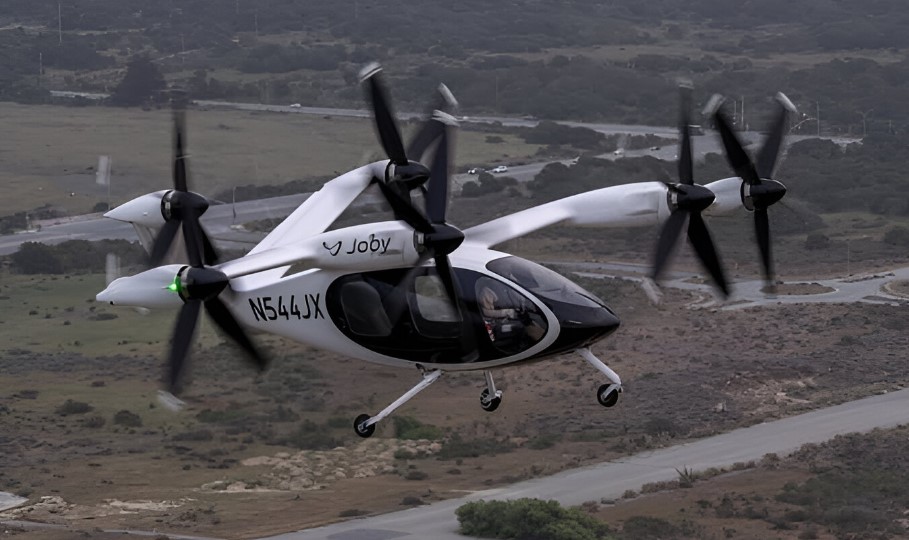
On April 22, 2025, Joby Aviation took a giant leap in the race for next-gen flight by pulling off what many in the industry view as the holy grail of eVTOL innovation. With Chief Test Pilot James “Buddy” Denham at the controls, their S4 prototype executed a seamless transition flight—from vertical takeoff to forward motion and back to vertical landing—all using a single tilt-rotor system. Unlike competitors that rely on separate systems for different flight phases, Joby’s integrated design offers a more streamlined and efficient path forward. It’s a major milestone in the broader sky revolution that’s pushing personal air travel into uncharted territory.
The Technical Marvel of the S4
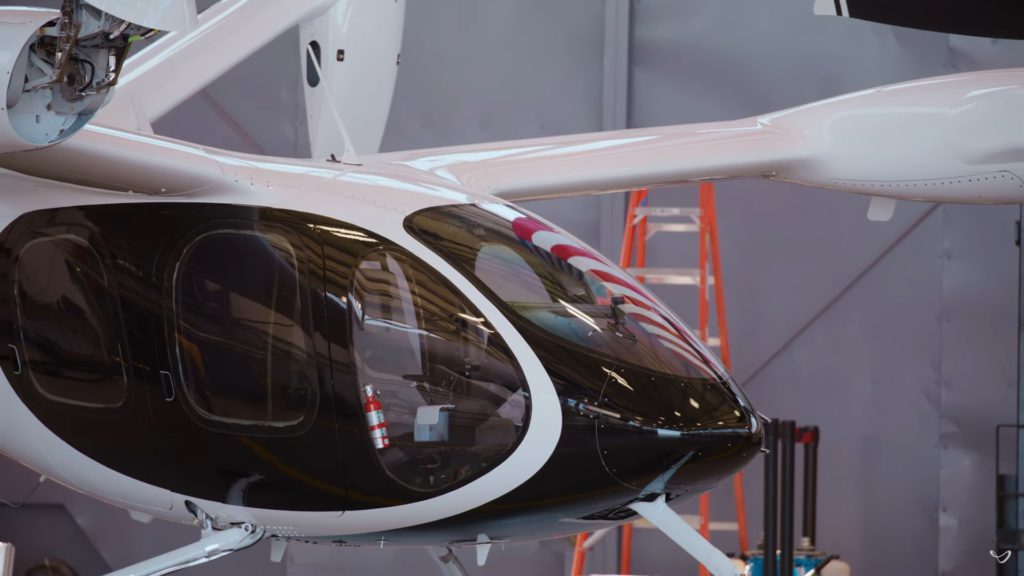
Joby’s S4 prototype represents the culmination of over a decade of dedicated aerospace innovation. The aircraft features six electric rotors that can tilt from vertical to horizontal orientation during flight. With a top speed of 174 knots (200 mph, 322 km/h), the S4 offers performance that rivals conventional aircraft. Its impressive range of 130 nautical miles (150 miles, 241 km) exceeds what many competitors can achieve. The aircraft can reach operational altitudes of 15,000 feet (5,000 m), providing flexibility for various flight paths. Since beginning uncrewed test flights in 2017, the prototype has accumulated over 40,000 miles (64,000 km) in the air. This extensive flight testing provided the data and confidence necessary to proceed with human-piloted transitions.
From Prototype to Commercial Reality
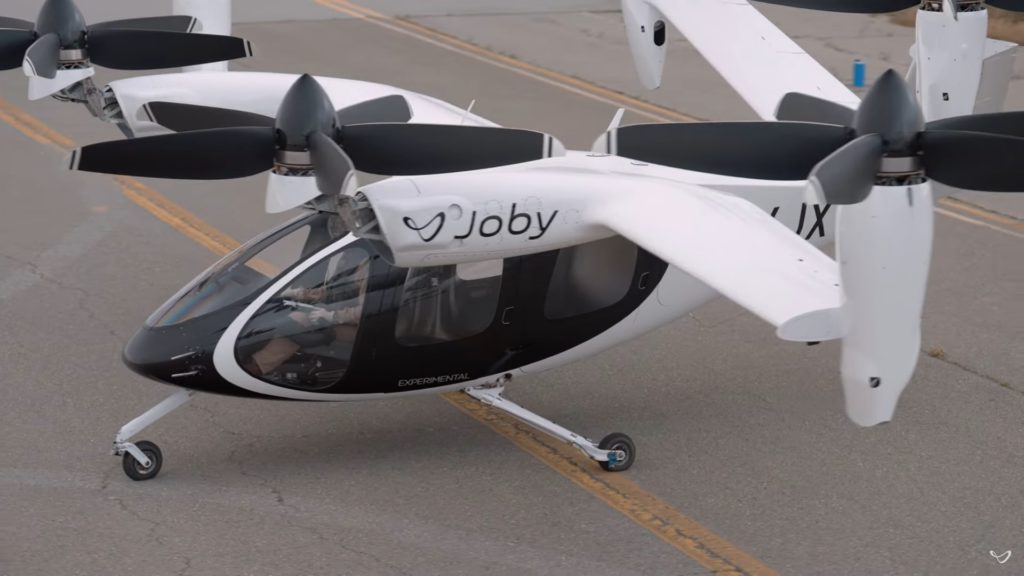
Following the historic first piloted transition, the S4 has rapidly progressed to routine piloted testing. Three different pilots have now successfully flown the aircraft through complete transition maneuvers multiple times. This quick advancement from milestone achievement to regular operation demonstrates the maturity of Joby’s technology.
The company has taken what they call a “methodical approach” to reaching this long-planned milestone safely. Years of ground testing and uncrewed flights created the solid foundation needed for this critical progression. Didier Papadopolous, President of Aircraft OEM at Joby, called the achievement “hugely significant” for the company. The rapid shift to routine piloted transitions showcases the confidence Joby has in their aircraft’s performance.
Military and Commercial Applications
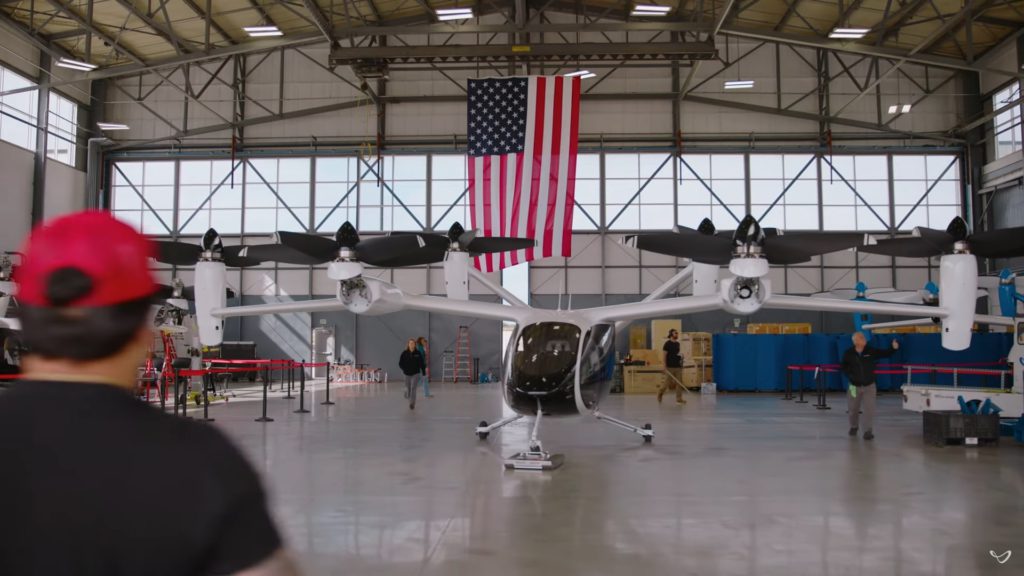
The S4’s capabilities have already attracted interest from the United States Air Force for potential military uses. This military evaluation provides another pathway for proving the aircraft’s reliability and operational capabilities. Simultaneously, Joby is actively pursuing Federal Aviation Administration (FAA) certification for commercial operations. The successful pilot transitions pave the way for Type Inspection Authorization (TIA) flight testing with FAA pilots onboard. This critical step in the certification process will move the S4 closer to approval for commercial passenger service. Dubai has been announced as the initial market where Joby plans to launch commercial operations later this year. The city’s forward-thinking approach to transportation innovation makes it an ideal first location for air taxi services.
Leading in a Challenging Industry
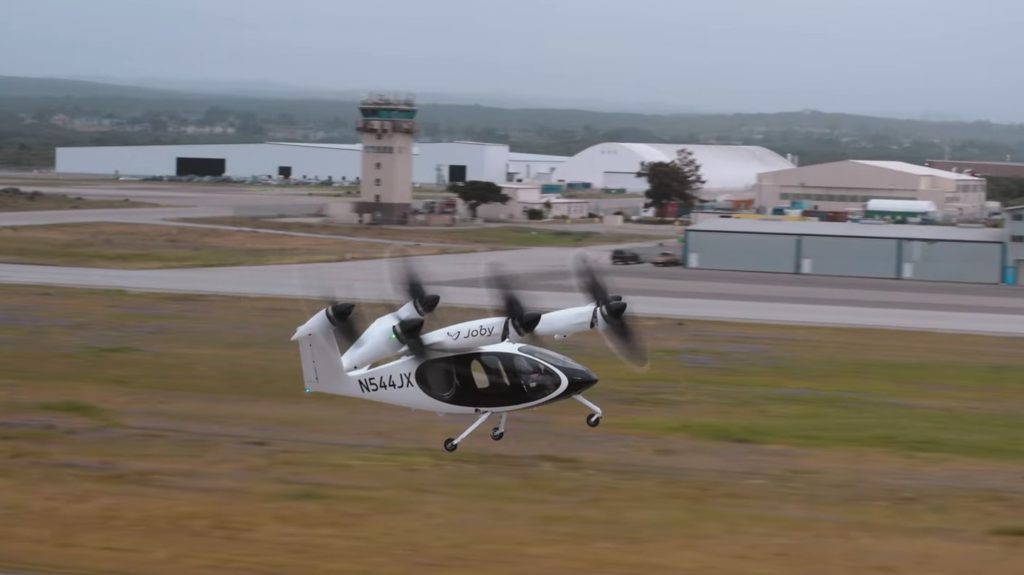
Joby’s achievement comes at a time when the eVTOL industry faces significant challenges and consolidation. Many early frontrunners have struggled to deliver on ambitious promises, disappointing investors and backers. Companies have seen hundreds of millions in investment with little visible return, leading to funding challenges. The contrast between Joby’s progress and the struggles of competitors highlights the difficulty of this technological frontier. Founded in 2009, Joby’s long-term commitment to their vision is now bearing fruit through tangible achievements. Their success offers a ray of optimism in an industry where the path from concept to certification has proven treacherous. As commercial operations begin, Joby stands poised to demonstrate the viability of electric air taxi services worldwide.


